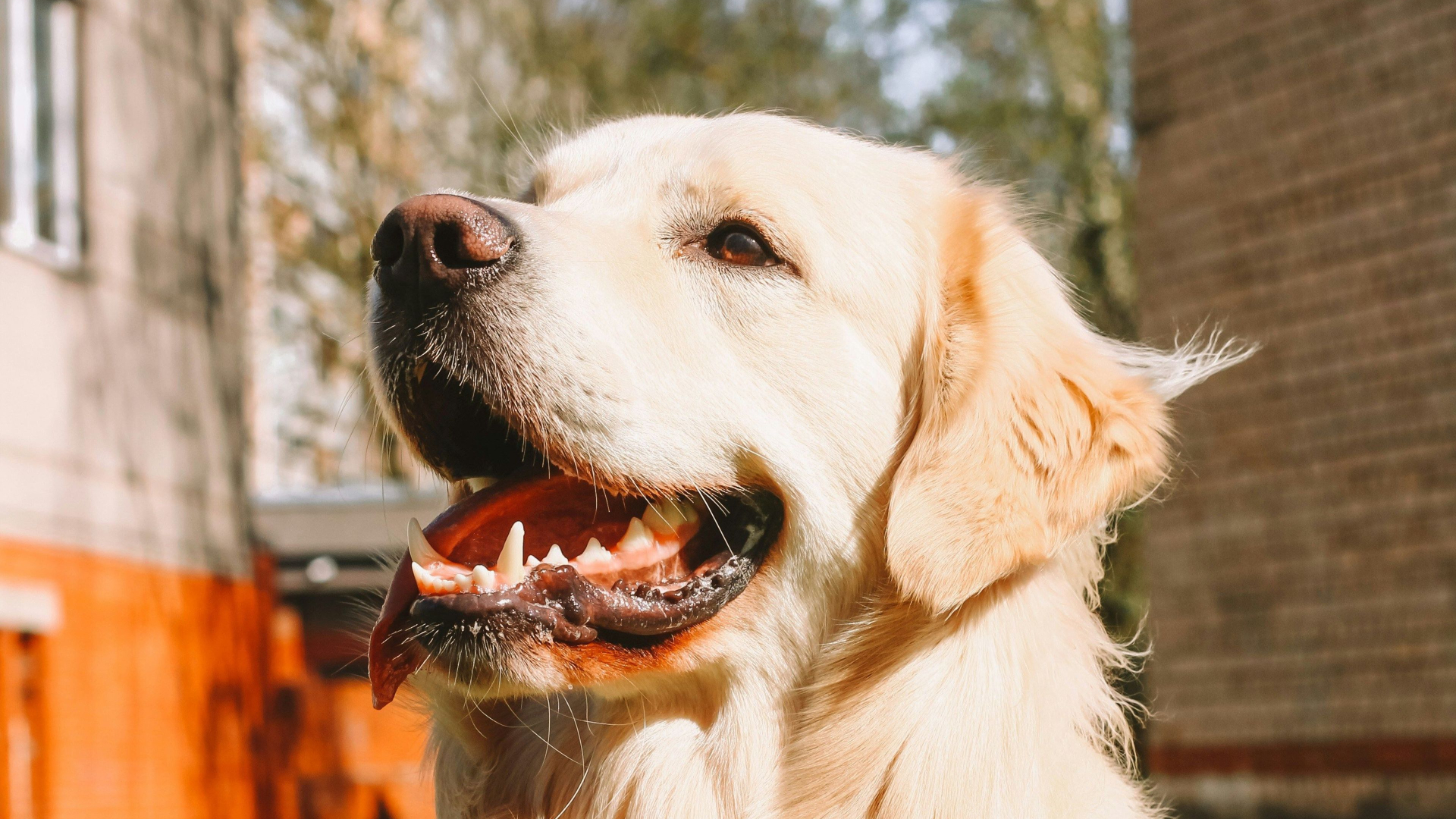Q: When you know you have to take your pet to a veterinarian for treatment?
A: Frantic panting combined with labored breathing, collapsing episodes, disorientation, or stumbling but still start cooling methods at home before bringing to the vet unless very close drive to vet.



